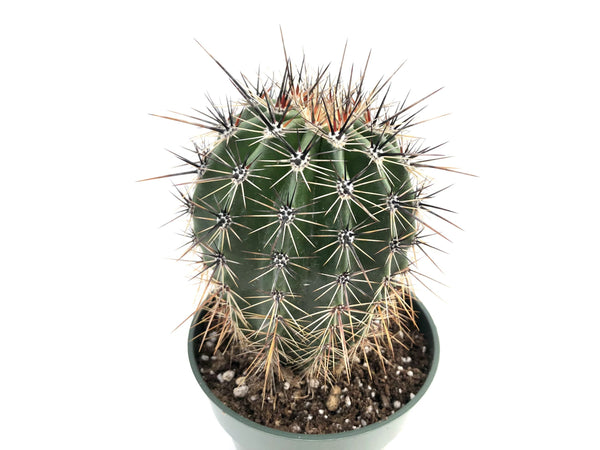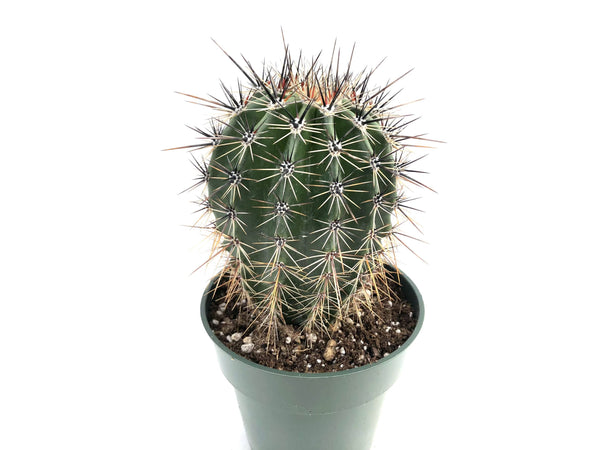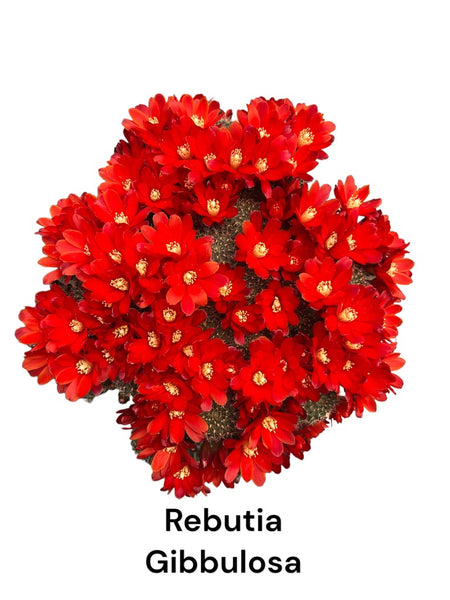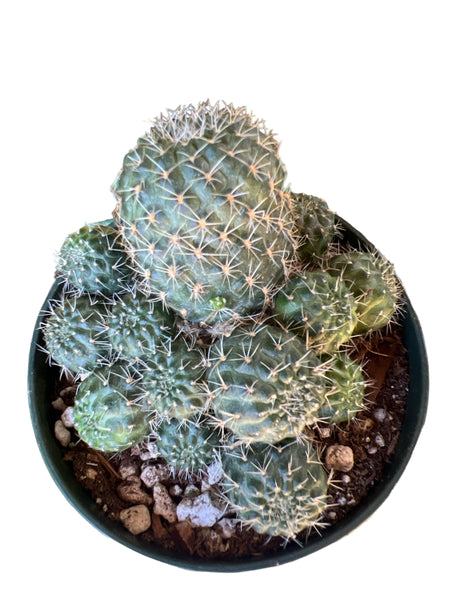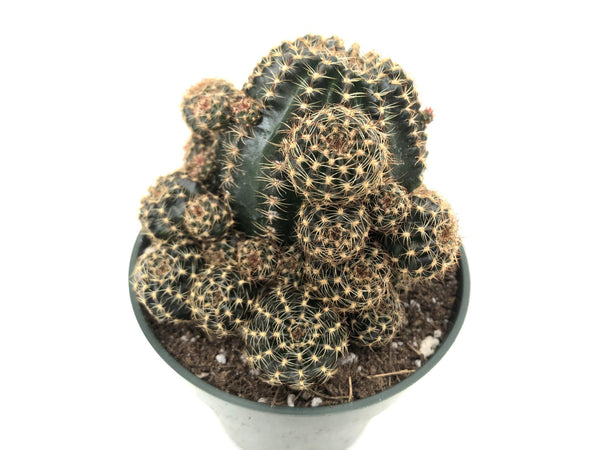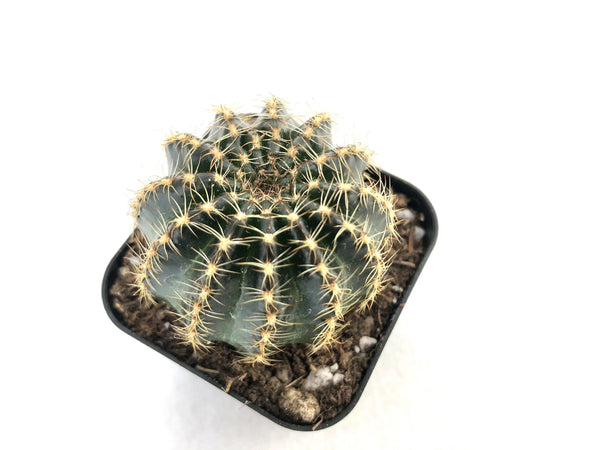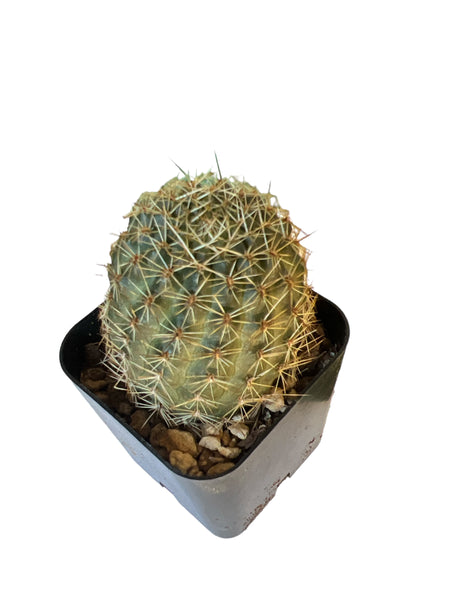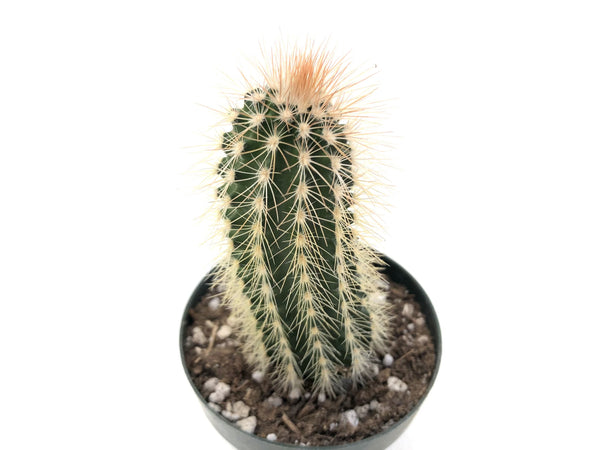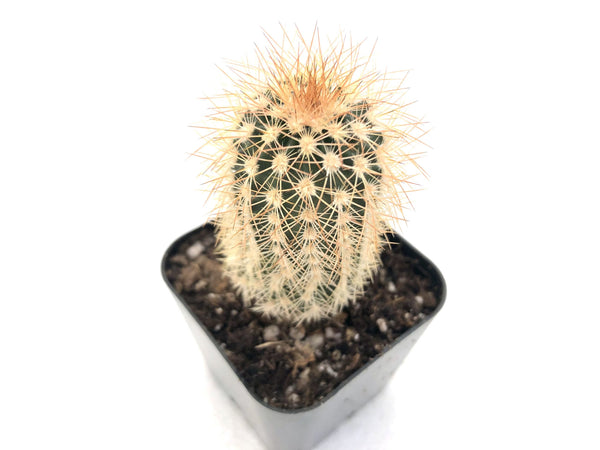Trichocereus pachanoi
$5.49
richocereus pachanoi, commonly known as the San Pedro cactus, is a fast-growing, columnar cactus native to the Andes Mountains of Peru, Ecuador, and Bolivia. It typically grows at elevations between 2,000 and 3,000 meters (6,600–9,800 ft).
Description
- Appearance: The cactus forms upright, bluish-green stems with 6–8 rounded ribs, often branching from the base to create a small tree-like clump. Stems can reach heights of 3–6 meters (10–20 ft), and diameters of 6–15 cm (2.4–5.9 in). The ribs are lined with whitish areoles, each bearing clusters of short, yellow to brown spines, though cultivated specimens are often nearly spineless.
- Flowers: San Pedro produces large, white, fragrant flowers that bloom at night near the stem tips, typically in summer. These trumpet-shaped flowers can be up to 20–24 cm (8–9.5 in) long and are highly attractive to nocturnal pollinators like bats and moths.
- Fruit: After flowering, elongated green fruits develop, which split open when mature to reveal white flesh and tiny black seeds.
Habitat & Uses
-
Native Range: Andes of Peru, Ecuador, and Bolivia, but also found in Argentina, Chile, and Venezuela, and cultivated worldwide.
-
Cultural Significance: The San Pedro cactus has been used for over 3,000 years in traditional medicine and religious ceremonies by Andean cultures.
-
Ornamental Value: Widely grown as a striking ornamental plant in succulent and desert gardens, or as a large container specimen.
Care
- Light: Prefers full sun, with light afternoon shade in very hot climates.
- Soil: Requires very well-drained, gritty soil.
- Water: Water deeply but infrequently during the growing season; keep almost dry in fall and winter to avoid root rot. [gardenia.net]










